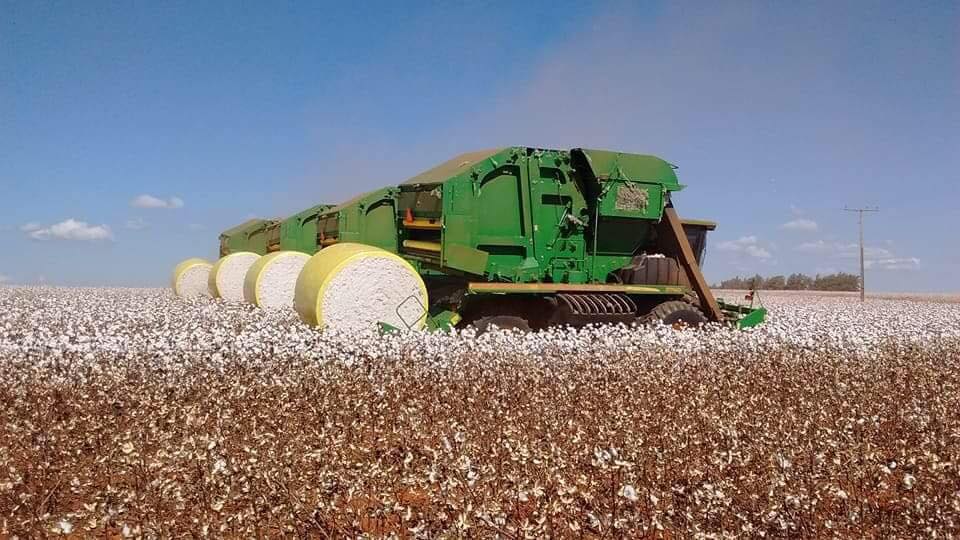By Roberto Samora
SAO PAULO, Dec 12 (Reuters) - Brazil could become the world's largest cotton exporter in 2023, with an increase in planted area helping it to surpass the United States, according to producers in the South American country.
If that happens, it would be another milestone in Brazil's march to the forefront of global food producers. It has already overtaken the United States as the world's top soybean producer and exporter, and could soon become the top corn exporter.
Brazil currently ranks fourth among global cotton producers - below China, India and the United States - but is the No.2 exporter.
"We will soon be the world's largest exporters, maybe already next year," said Julio Cezar Busato, the head of Brazilian association Abrapa.
While sowing in Brazil next year is seen rising 1.3% from the previous season to 1.66 million hectares, cotton in the United States is facing competition from more profitable crops, including corn, soybean and wheat, Brazilian producers said.
A 30% reduction in U.S. cotton sowing could be enough to push the South American nation into global exporting leadership, they said, bringing forward one of their key targets.
That would be a dramatic cut, but is not impossible as U.S. producers make room for more grain planting.
Abrapa expects Brazil to increase its cotton shipments by 22% to 2.2 million tonnes next year from nearly record output of 2.95 million tonnes.
Brazilian cotton producers see the sector ready to move forward with next year's crop, despite higher costs, in order to protect progress in Asian markets, particularly China.
"Mathematically, we should reduce the cotton acreage," Busato said, noting production costs rocketed 27% after a surge in input price in 2022. "But we won't do that as we must retain the markets we have conquered".
Consultancy hEDGEpoint Global Markets said cotton planting in Brazil should occur "within the ideal window" considering current climate conditions, leading to a growth in acreage and potentially helping pressure global prices - which are already "near or even below cost of production" for U.S. growers.
"It is too early to quantify how much cotton area the U.S. will actually lose, but it clear that this crop is already at a disadvantage" to competitors such as corn, soybeans, peanuts, rice and wheat, analyst David Silbiger said.
(Reporting by Roberto Samora Writing by Gabriel Araujo Editing by Mark Potter)


